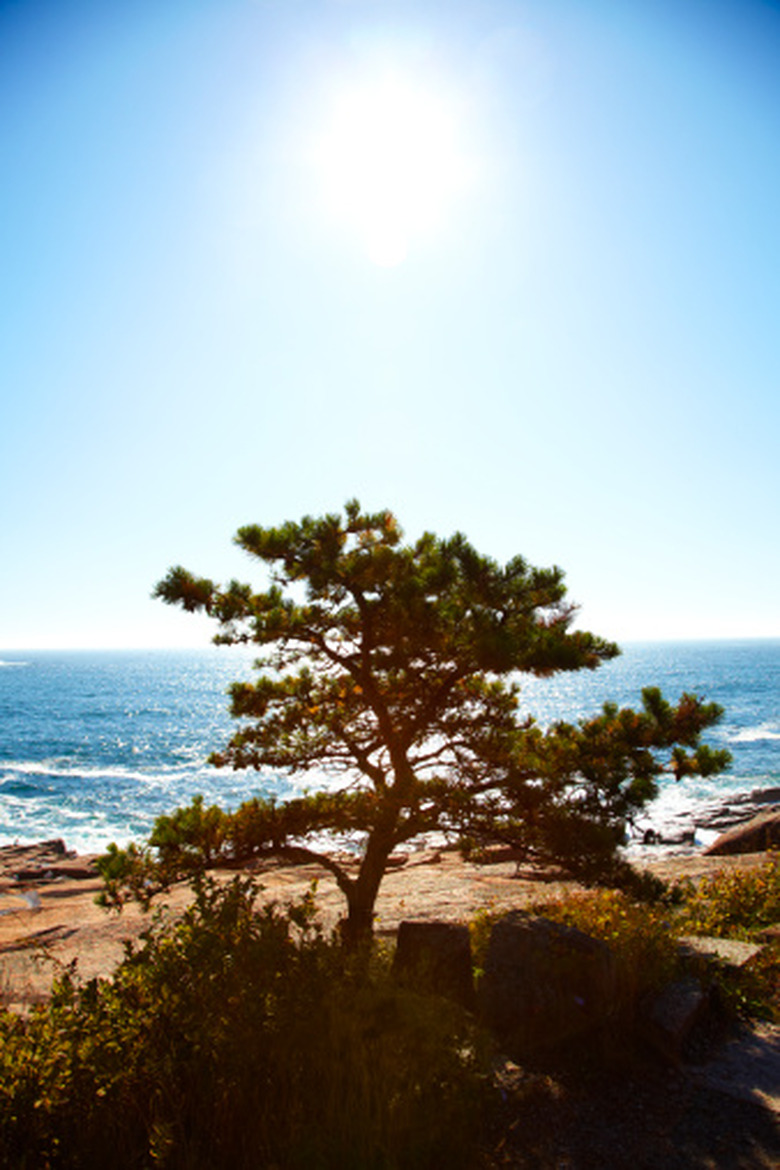Nuclear Radiation Effects On Plants
While nuclear radiation is often associated with weapons of mass destruction or as a source of energy, the truth about its effects, both positive and negative, on the environment is largely unknown among the general population. However, it is important to know how nuclear radiation affects plant species because it may help people understand how it affects the human population.
History
History
Since the dawn of the Atomic Age, there have been a handful of major significant nuclear radiation incidents. These include the detonation of atomic bombs in Japan in the 1940s, Chernobyl and Three-Mile Island in Pennsylvania. When nuclear bombs were used in Japan in World War II, people and plant life near the site were instantly obliterated. After the accident in Chernobyl, scientists found that it took very little time for trees and other forest vegetation exposed to the highest levels of radiation to suffer severe damage to their reproductive tissues.
Significance
Significance
With the 2011 nuclear plant disaster in Japan, nuclear radiation's effect on vegetation has become a major public concern. When a nuclear power plant releases radiation, many foods and edible plants can absorb radioactive particles, which can be toxic to humans. Fuel rods that are exposed to the atmosphere may release iodine, which can be carried by the wind and end up on grass and plants.
The Facts
The Facts
Based on weather conditions and the wind, nuclear radiation can contaminate the atmosphere, making it dangerous for humans, animals and plants. However, radioactive elements are too heavy to linger in the atmosphere and are quickly absorbed into the soil. The amount of time it can linger in the atmosphere and soil depends on the element's half life. For example, radioactive Cesium-137 has a half life of 30 years, meaning that it takes 30 years for the element to decay to half of its original amount.
Warning
Warning
Radioactive elements such as Iodine-131 are known to cause thyroid cancer and other ailments in humans. When affected grass and plants are consumed by cows, the result is often contaminated milk that is not recommended for consumption. Although researchers who have studied the effects of nuclear radiation on the environment after Chernobyl found that while trees and other plants seem to have recovered, there are still long-term effects, such as genetic mutations, that have yet to surface.
Cite This Article
MLA
Taylor, Ayisatu J.. "Nuclear Radiation Effects On Plants" sciencing.com, https://www.sciencing.com/info-8195801-nuclear-radiation-effects-plants/. 9 January 2018.
APA
Taylor, Ayisatu J.. (2018, January 9). Nuclear Radiation Effects On Plants. sciencing.com. Retrieved from https://www.sciencing.com/info-8195801-nuclear-radiation-effects-plants/
Chicago
Taylor, Ayisatu J.. Nuclear Radiation Effects On Plants last modified March 24, 2022. https://www.sciencing.com/info-8195801-nuclear-radiation-effects-plants/
